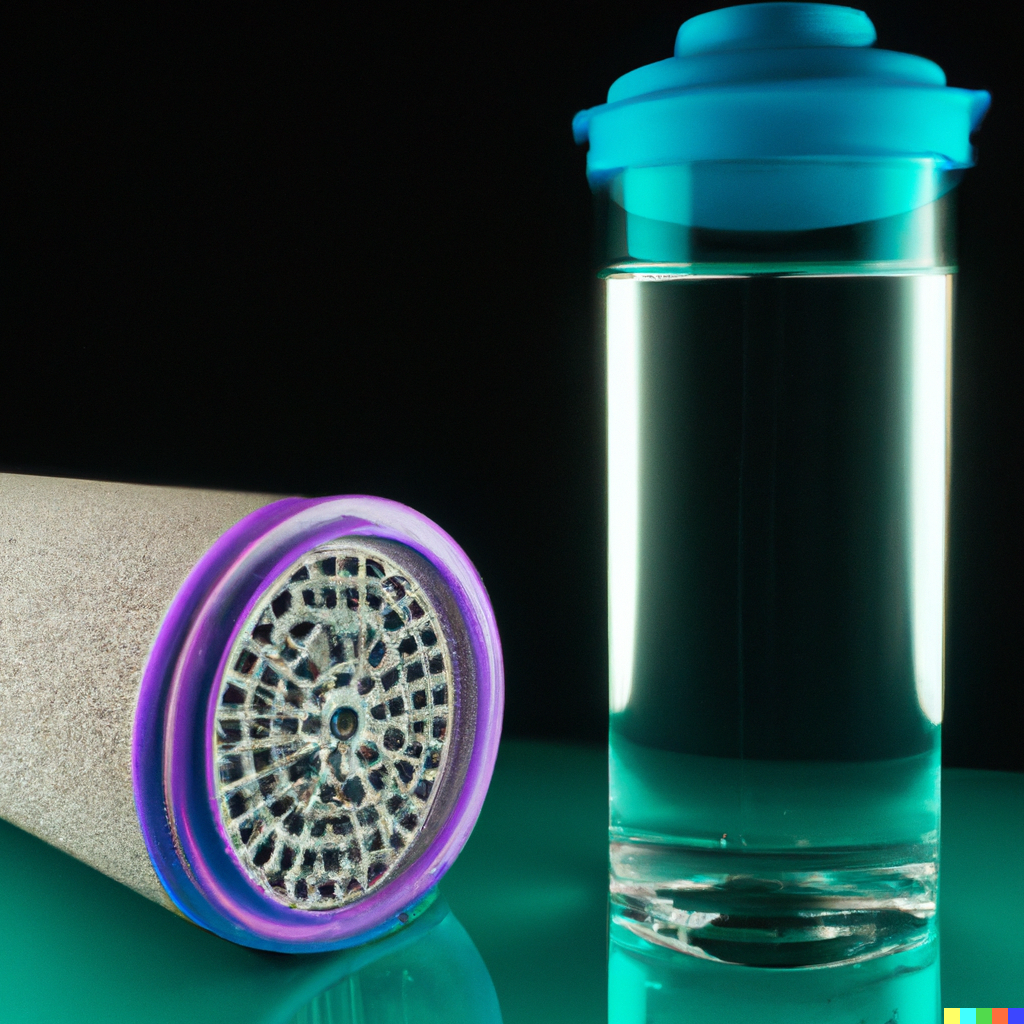
In the quest for safe and pure drinking water, the choices often come down to two popular methods: Reverse Osmosis (RO) purification and boiling. But how do you decide which one is best suited for your needs? Let’s unravel the intricacies of both processes and understand their unique purposes, helping you make an informed decision for your family’s health.
RO Water: Tailored Solution for High TDS
Reverse Osmosis (RO) water purification is a highly effective method for reducing Total Dissolved Solids (TDS) in water. It’s designed to tackle water sources with high mineral content, making it an ideal choice in areas where TDS levels exceed the recommended limits. RO systems work by using a semipermeable membrane to remove ions, molecules, and larger particles, ensuring your drinking water is low in minerals.
Boiled Water: A Solution for Microbiological Contamination
On the other hand, boiling water serves a different purpose. Boiling is a time-tested method used primarily to kill microbiological contaminants such as bacteria, viruses, and parasites. When water is boiled, these harmful organisms are destroyed, making the water safe to drink. Boiling is especially recommended in areas where the microbial load in the water is a concern, ensuring that the waterborne diseases are kept at bay.
Choosing the Right Method: Tailoring Solutions to Your Needs
1. Assessing TDS Levels: If you live in an area where the water’s taste or odor indicates a high mineral content, an RO water purifier could be the solution you need. Testing the TDS levels in your water source can help you determine if an RO system is necessary. If the TDS levels are within the permissible range, opting for simpler methods like boiling might be more practical.
2. Understanding Microbial Contamination: For areas where microbial contamination is prevalent, boiling water is an effective and economical solution. Boiling not only kills harmful microorganisms but also offers a simple way to purify water without the need for complex equipment.
The Best Approach: Customized Solutions for Safe Drinking Water
In summary, both RO water and boiled water have distinct purposes. RO purification is essential for high TDS levels, ensuring your water is free from excess minerals. Boiling, on the other hand, is a reliable method for eradicating microbiological contaminants.
Understanding your specific water quality concerns is crucial in making the right choice. By tailoring your approach to your water source’s unique challenges, you can ensure that you and your family enjoy safe, clean, and refreshing drinking water. So, whether you opt for the precision of RO technology or the simplicity of boiling, make a choice that aligns with your water’s needs and your peace of mind.